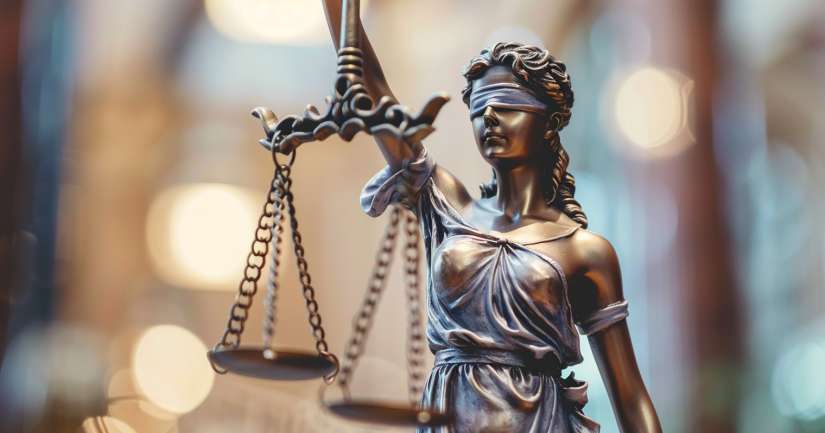
Buried in the opening pages of the U.S. Constitution, the Bill of Rights Quiz unearths ten amendments that Americans reference constantly but rarely understand in full. These foundational statements drafted in fear of tyranny, forged through compromise, and weaponized in countless courtrooms form the spine of American liberty. Yet they also reveal the tensions baked into the nation’s founding: liberty versus order, individual rights versus collective security, state power versus federal reach.
Every time someone claims “free speech,” invokes “the right to bear arms,” or demands “due process,” they’re leaning on the Bill of Rights. But few realize how specific, contested, and historically messy those rights really are. The Bill of Rights Quiz strips away slogans and dives into the substance. What do these amendments actually protect? When have they failed to protect? And how have their meanings shifted over time not in theory, but in practice?
In this blog, we’ll explore the origins, controversies, and lasting impact of each amendment. It’s not just a civics lesson. It’s a political autopsy of the rights we claim to cherish and the arguments that continue to define their use.
Origins: Fear, Compromise, and Political Pressure
The Bill of Rights didn’t emerge out of idealism it came from suspicion. After the Constitution was drafted in 1787, many Americans especially Anti-Federalists feared it gave too much unchecked power to a central government. They demanded written guarantees of personal freedoms before they would agree to ratify the document. The Bill of Rights Quiz starts here: with the political standoff that birthed ten amendments as a condition of unity.
James Madison, who initially opposed the need for a bill of rights, eventually drafted them to quell fears and secure ratification. Drawing on earlier documents like the English Bill of Rights and the Virginia Declaration of Rights, he crafted amendments aimed at limiting federal authority. But even then, the protections were limited. They applied only to the federal government, not the states. And they left large gray areas untouched, particularly in relation to Indigenous people, enslaved populations, and women.
This origin story matters. The amendments weren’t handed down from above. They were demanded from below. They weren’t about expanding government they were about putting it on notice. And their interpretation, from the beginning, has been anything but static.
The Core Amendments and Their Consequences
The Second Amendment, short and famously vague, continues to divide the nation. Originally tied to militias, it’s been reinterpreted over time to include individual gun ownership — a shift rooted not in new words, but in changing political and judicial priorities. The Fourth through Eighth Amendments, covering search and seizure, trial rights, and protections against cruel punishment, have become battlegrounds for criminal justice reform, surveillance law, and incarceration debates.
Then there’s the often-overlooked Ninth and Tenth Amendments, which reinforce that not all rights are listed, and that powers not given to the federal government belong to the states or the people. These clauses act like legal shadows shaping how courts interpret everything else, even if they’re rarely cited directly. The quiz encourages reflection not only on what’s written, but on what’s implied and how those implications evolve with each generation.
Interpreting, Expanding, and Challenging the Bill of Rights
The Bill of Rights isn’t a fixed document. It’s a living set of legal tools that judges, lawmakers, and activists reinterpret constantly. Through landmark Supreme Court decisions from *Miranda v. Arizona* to *New York Times v. Sullivan*, from *District of Columbia v. Heller* to *Gideon v. Wainwright* these amendments have been redefined, limited, expanded, and occasionally contradicted. The Bill of Rights Quiz highlights these pivotal moments where law met reality.
For much of American history, these rights didn’t apply to everyone. It wasn’t until the 20th century that the doctrine of incorporation began applying most of the Bill of Rights to state governments via the 14th Amendment. That shift gave the federal courts broader power to strike down state laws that violated constitutional protections. But even today, legal interpretations remain uneven shaped by court makeup, public opinion, and political pressure.
Social movements have also played a key role. Civil rights activists, LGBTQ+ advocates, religious minorities, journalists, and countless others have used the Bill of Rights not just as protection, but as a rallying cry. The struggle to define these rights is ongoing and often messy. The quiz challenges you to think not just about what the amendments say, but how they’ve been used, ignored, and weaponized over time.
Conclusion: Rights You Think You Know
The Bill of Rights Quiz isn’t about parroting back the first ten amendments in order. It’s about wrestling with what those rights mean and who gets to decide. These freedoms are both celebrated and contested. They’re the foundation of democracy and the source of countless disputes. And they reveal something uncomfortable: that liberty, in practice, is rarely clean-cut.
Too often, we treat the Bill of Rights like sacred text immune from critique or complexity. But it was born out of political maneuvering, revised by courts, and shaped by activists. Some rights have expanded. Others have narrowed. None have remained untouched. Understanding this document means reading between the lines, across the centuries, and inside the contradictions.
So before you take the quiz, consider this: the Bill of Rights isn’t just about what you can do. It’s about what you’re willing to defend and how far that defense should go when rights collide. That’s the real test.
